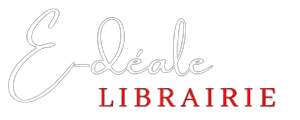In China, the treatises on art constitute a considerable portion of the country's literary art and philosophy. Chinese "painting" is primarily defined by the presence of the brush stroke and by its proximity with the art of writing. That is why these two arts – painting and calligraphy – are presented in a parallel fashion.
This work offers readers the full translation of the fundamental pictorial and calligraphic treatises of the Tang (7th to 10th centuries) and the Five Dynasties (10th century), many of which have never been published in Western languages.
This period saw the systematisation of Chinese aesthetic thought, which happened gradually to facilitate the concept of the bond between the artist and his work, while the stylistic forms produced by the latter typically incarnated an ideology, notably that of the ruling power. The assessment of artists and their works was of critical importance and encompassed exacting criteria; material considerations also gave rise to theoretical reflection which subsequently would not be pursued. Art was starting to emerge as a means of personal expression.
Yolaine Escande is a sinologist who specialises in Chinese aesthetics, graphic arts, calligraphy and painting. Her latest published books are : L'Art de la Chine traditionnelle, le cœur et la main and L'Art en Chine, la résonance intérieure.




